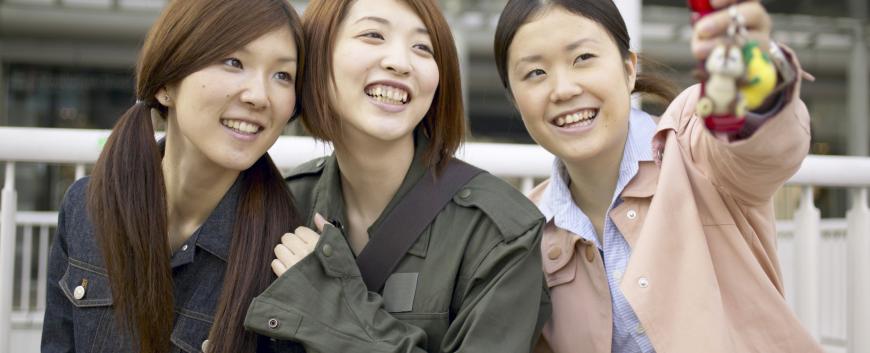
Keywords: digitisation, more liveable urban environment, moving masses, moving individuals, big data
Making the link between data generated by urban networks and urban planning is a current problem in all major cities around the world. The services envisaged mainly involve conducting basic research, interpreting data, creating different possible scenarios.
1. Analysis of moving crowds. "Big data" analysis, quantitative dimension of movement. In the context of urban issues, the spatial patterns that emerge from the data recording movement, their relationship with the urban fabric, the rhythm of urban life. The knowledge base generated can be used as a basis for various urban planning processes, but it can also be an important starting point for various actors in the creative industries.
2. Individuals on the move. Aggregated by different individual strategies and tactics, "big data" also captures different ways and roles of using space. This perspective is about looking for "clues": for example, can we infer different types of users (e.g. tourists, local residents) based on their access to the wifi network? What are the strategies established by the institutions that control movement, what is considered normal and regular, and can we find deviations and rule-breaking tactics? Quantitative data can be nuanced by interviews, participant observation. The knowledge base generated here can be used mainly by different actors, companies and businesses in the tourism and heritage industry to achieve their own goals.
3. What is the relationship between the individual and technology in urban transport? How do new devices change previous spatial practices? How does the environment, whether social or natural (e.g. weather), influence use, and what affordances are involved? It may be interesting to look at how infrastructure is operated: what is the technology operators' view of the user community, what is the role of public and private goods in this (e.g. wifi or parking); how are technologies interlinked? Interviews, document analysis can help to explore these questions. The resulting knowledge base can be used both in urban planning and by creative industry operators.
CONTACT
Pécsi Tudományegyetem | Kancellária | Informatikai és Innovációs Igazgatóság 2021.

